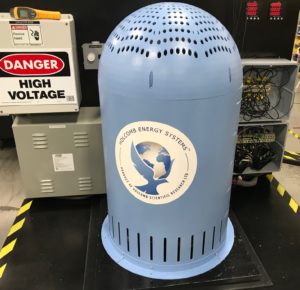A prototype should accurately translate your invention or product design vision into something real and tangible. For less tangible products, like software, it should simulate the look and feel of the final product on relevant hardware device. Below we have listed are some key reasons to keep in mind when deciding to build a prototype:

1. A prototype helps validate the customer need and investor investment opportunity. I always hate it when I see startups invest thousands in technology before they validate their ideas in the market, only to find that customers seem to be looking for something slightly different. Test your idea early in a form that is easiest and least expensive.
2. A prototype will demonstrate to you and your team that your idea is workable. No matter how strong your vision and theory, you will know for sure when you see it function. Even the best ideas often need improving. Even when it works, most people on your team and investors may not understand it all until they can feel and touch it.
3. The prototype design will help enable you to change design as needed. In these days of rapid change many inventors might need to adapt it’s invention, business model or target customer base. A prototype will allow you to easily identify invention or product improvements before entering the expensive manufacturing process.
4. Prototypes help convince potential investors to take you seriously. Venture capitalists and angels are all about reducing risk. If you have a validated a working prototype, investment risks are dramatically reduced. These days, if you don’t have a proven prototype, investors probably won’t even talk to you.
5. A prototype will give you the opportunity for an early start on testing performance, materials and quality. Working with the prototype will help you determine the best materials, like metal versus plastic, to assure acceptable performance and durability. Don’t wait for the costly manufactured production model to find out that your product invention may need product improvements.

There is nothing wrong with starting simple, engaging a friend who does mechanical design, or a student at a local industrial design school. In fact, many universities have expert professors, graduate students, and laboratories in all the key technologies, and they may be happy to do the work for you, if they can use it for class projects and government grant applications. However the above process is usually much to public for most early stage inventors.
If you are ready for the next stage, it’s easy to find commercial prototype designers and builders on the Internet. There are new methods of prototyping, such as 3D printing, which allow plastic prototypes to be made directly from computer drawings, rather than waiting for injection molding at more than $10,000 per item.

Even at early stages, you can get invention support services from sites like Invention Home in Pittsburgh. Just don’t get carried away here, and remember that the invention process is risky, with only a small percentage of inventions or products succeeding on the market. There is no magic, so don’t spend all your money assuming that these companies will guarantee your success.
Don’t skip the prototype stage for all the business reasons listed, and because it is a great way to explore possibilities, and have fun using your creative juices. The prototype is where you really bring your product idea to life, for yourself, as well as for your investors, consumers and your patent attorney so the attorney may fine tune your patent if needed.
Different types of prototypes…

A message from the owner of Product Design and Prototype Experts:
I’m here to provide prototype service to inventors, companies and organizations interested in having a working prototype. I will supply you with expert prototype company services. I look forward to hearing from you.
We Provide Working Prototypes for Inventors and Companies







